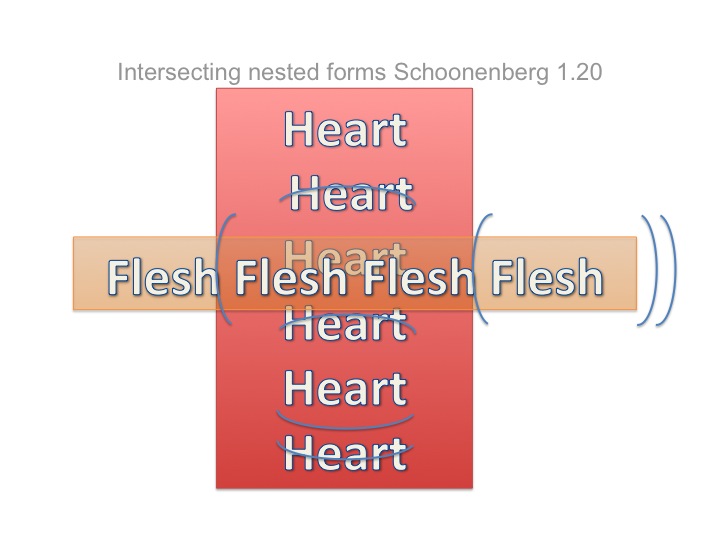Thoughts on Man and Sin by Piet Schoonenberg (1964) 1.2R3
[In order to gain insight into lasting sin, one can guess “what is impossible “. “What is impossible” forms the unbridgable gap between lawdenial and lawacceptance.
For the Jewish establishment at the time of Jesus, I suppose the impossible relation concerned “purity”.
To the Pharisees, Sadducees and Scribes, the common folk could never be pure. It was impossible. The Pharisees had a relation of impossibility between {denying the consequences of their actions, through diverse explanations, including a defense of themselves the only practitioners of thinkpure} and {accepting the consequences of their actions and attitudes, including their projection of thinkimpure onto others}.
The Pharisees concluded that a filthy carpenter from Nazareth (yes, the one complaining about the consequences of their actions and attitudes, which were all false allegations, because after all, only they knew how to properly keep the hundreds of ritual obligations of the Law) could not possibly be correct. He had to be some sort of devil (projected thinkimpure).
The only moral religious perspective where “lawessential is not denied” corresponds to thinkdivine. Lawacceptance and thinkdivine, then, stand in mutual confirmation.]

